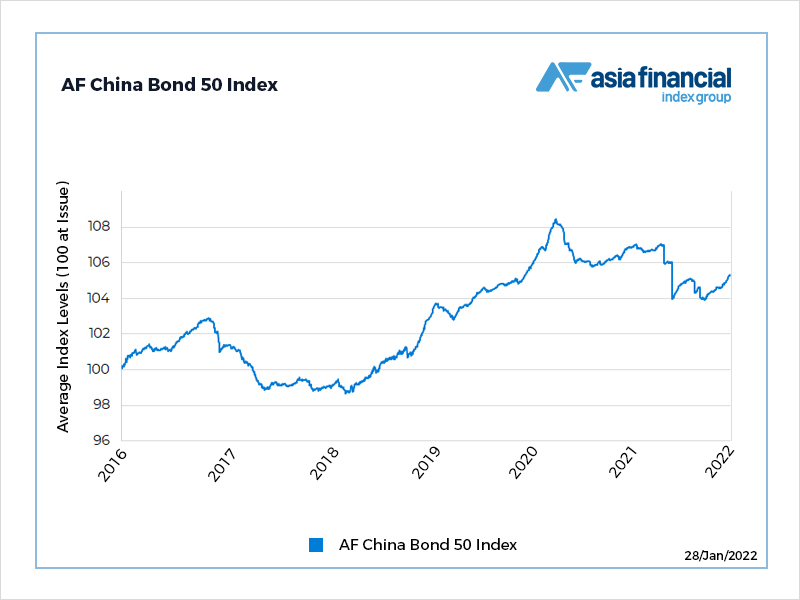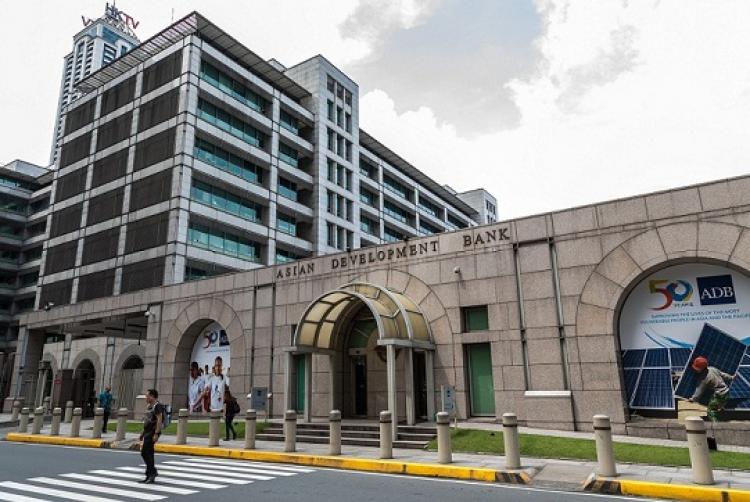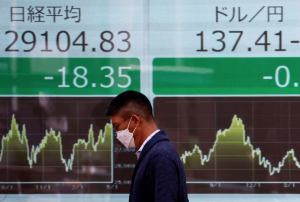The Asian Development Bank (ADB) has returned to the US dollar bond market with the pricing of a two-year global benchmark bond worth $2.25 billion and a seven-year global benchmark bond worth $1.5 billion.
The proceeds of which will be part of ADB’s ordinary capital resources.
The two-year bond, with a coupon rate of 1.625% per annum payable semi-annually and a maturity date of 15 March 2024, was priced at 99.867% to yield 11.2 basis points over the 1.50% US Treasury notes due February 2024.
The seven-year bond, with a coupon rate of 1.875% per annum payable semi-annually and a maturity date of 15 March 2029, was priced at 99.44% to yield 13.9 basis points over the 1.875% US Treasury notes due February 2029.
“We appreciate the support of our investors during these extremely turbulent times,” ADB treasurer Pierre Van Peteghem said.
“Through this transaction, we raised over $3.75 billion across the two maturities which provide us with the resources to assist our developing member countries in Asia and the Pacific.”

The transaction was lead-managed by HSBC, Morgan Stanley, RBC Capital Markets, and TD Securities. Both tranches achieved wide primary market distribution, ADB said.
On the two-year issue, 18% of the bonds were placed in Asia; 39% in Europe, Middle East, and Africa; and 43% in the Americas.
By investor type, 64% of the bonds went to central banks and official institutions, 31% to banks, and 5% to fund managers and other types of investors, the Manila-based lender said.
On the seven-year issue, 55% of the bonds were placed in Asia; 23% in Europe, Middle East, and Africa; and 22% in the Americas.
By investor type, 64% of the seven-year bonds went to central banks and official institutions, 16% to banks, and 20% to fund managers and other types of investors.
ADB plans to raise $34 billion to $36 billion from the capital markets in 2022.
- George Russell
READ MORE:
ADB Sees Asia Pacific Remittances Up 6.7% in 2021
ADB Cuts Developing Asia Growth Forecasts Amid Omicron Fears
ADB Not Seeing China Evergrande as a ‘Lehman Moment’
























